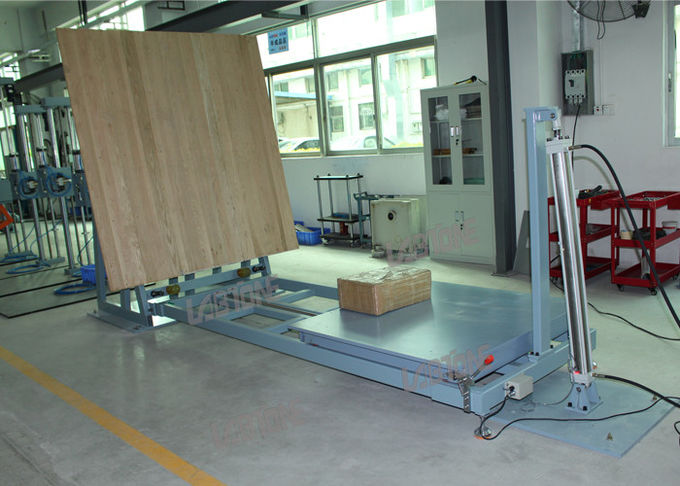

The scope of the ASTM D 880 shipping container test is to determine the results of the effects on the container. The test standard has two procedures.

Procedure A tests the ability of the shipping container to withstand impacts. Procedure B tests the ability of the shipping container to provide content protection. For Procedure B, the definition of the shipping container includes the outer container as well as the inner container.
ASTM D880 can be applied to a number of containers. These include, but are not limited to, bags, drums, boxes, crates, drums, barrels, buckets and sacks. The standard also allows testing of pallet loads and palletised units. Heavy loaded units can be tested according to this standard.
Why is impact testing important? Effects are a common situation in transportation. Regardless of the shipping method, effects are common on air, sea, rail or road. It can occur as containers are dropped from one surface to another. They can occur as containers are placed on top of each other. The effects occur during normal actions, but can also happen accidentally.
An ASTM D880 test lab will require a different container setup according to the procedure being tested. For example, in Procedure A, the actual ingredients or artificial ingredients can be used in the container. Only real ingredients can be used for Procedure B. Regardless of the content, the container must be strapped, sealed and sealed, as when moving.
After the test is completed, a test report is completed. The test report will contain the following information:
To get an appointment, to get more detailed information or to request an evaluation, you can ask us to fill in our form and reach you.